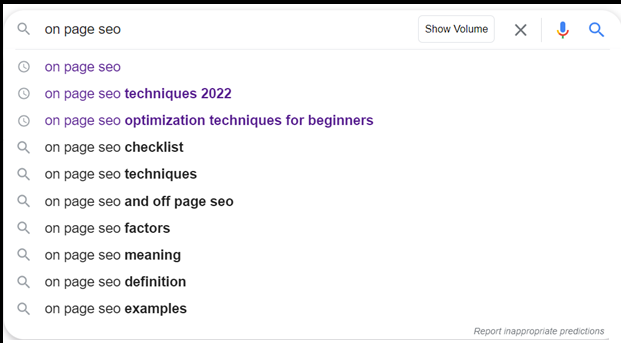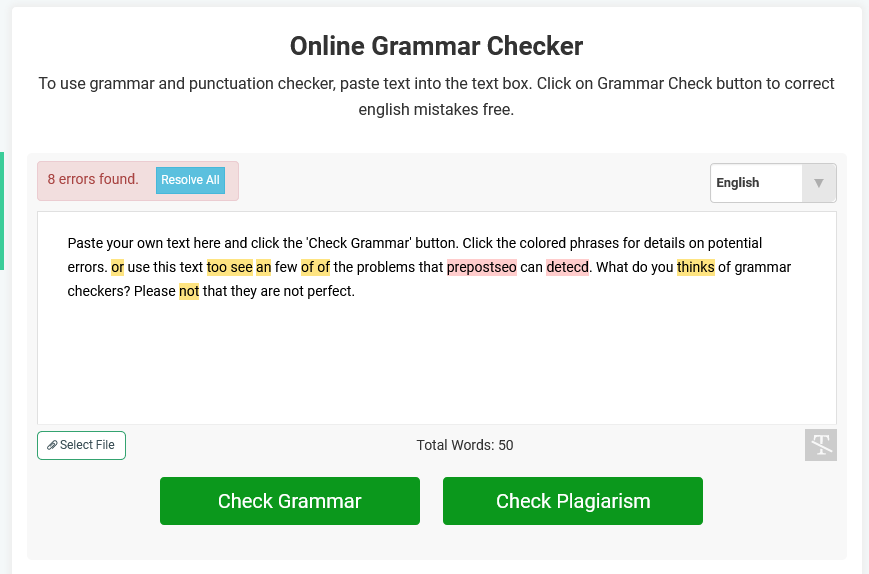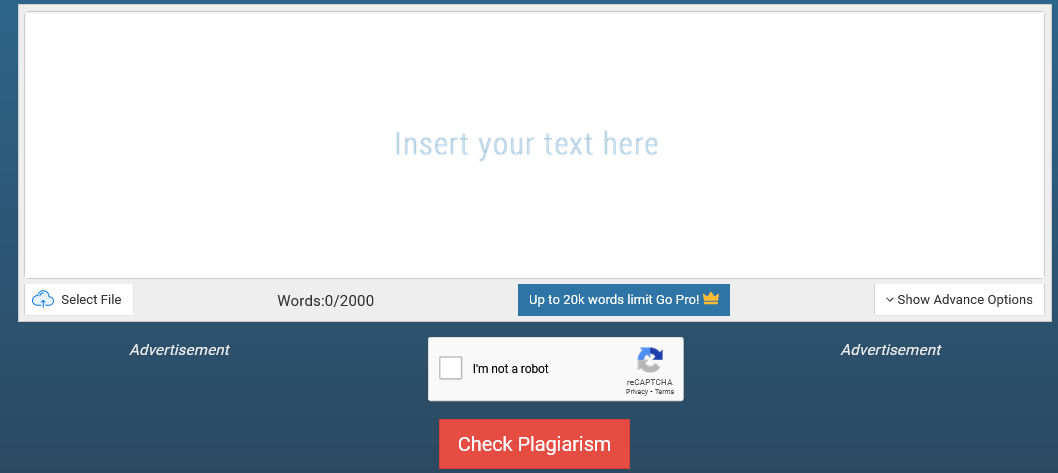Effective Ways To Optimize Your Blog Posts For SEO
Effective ways of optimizing your content? Follow along as we explore a few of them.
Content optimization is a critical factor in high SEO rankings. It’s not only about technical aspects but also about the elements that make your content more consumable. In other words, something that your target audience demands and looks for.
Google’s crawlers are AI-enthused algorithms that know which type of content they should rank higher for particular audiences. So, how do you go about wooing these crawlers and coerce Google into ranking your content higher? Let’s dive in and find out.
What Is Content Optimization?
Content optimization is the process of improving the visibility of a website or a web page in search engine results pages (SERPs). This can be achieved through optimization methods, such as optimizing the page title, meta description, and meta keywords tags.
It’s also about adding relevant keywords to the content and ensuring that any site images are also optimized. Therefore, content optimization aims to make it easier for users to find your website on search engines.
And, since optimized content will rank higher in SERPs, it will be more visible to searchers looking for products or services similar to yours.
3 Factors That Affect Your Blog’s SEO Ranks
Now that we understand optimization basics let’s briefly define the three major factors that directly affect a blog’s ranking.
· Keyword Inclusion
Keywords are the first pillar of any SEO strategy. Not only because they make up most of your content’s relevancy, but they also help crawlers identify your content as the right type for specific search queries.
· Grammatical Quality and Readability
Grammatical quality is undeniable and one of the most critical factors in SEO. Even if your content has a lot of informative pulp, it won’t make the impact you wish it to if it lacks grammar and readability.
· Originality & Informative Value
Originality is the absence of plagiarism or duplicity. This means your content is exclusive and stands out as the best possible option for your target audience. On the other hand, your text must feature informative value, and your audience must learn something from it.
6 Effective Ways to Optimize Your Blog Posts for SEO
One key to understanding optimization tactics is that we should get out of the way first. Remember, this is about optimizing your blog posts, i.e., the content for SEO. Therefore, there aren’t many technical aspects, except for one or two.
So, without further ado, here are our 6 essential and effective ways of optimizing your blog posts for better SEO:
1. Use H1 & H2 Headings
H1 and H2 headings are a pillar of structuring your article. Without these two headers in your article, the text will read like an academic paper, and not many people will have the patience for that. On top of that, Google also considers it an essential aspect of on-page SEO.
Therefore, you should use them for:
- H1 for your title tags
- H2 for subheadings
This will allow the article reader and search engine crawler to analyze your content as readable and informative. As a result, it’ll push your blog post higher in the ranks.
2. Use The Right Keywords
Using the right keywords is an essential process of blog writing. If you wish to grasp the attention of your target readers, then you need to use the keywords that you know will attract them. How can you do that?
- Find LSI keywords
- Use keywords with questions
- Use locally searched keywords
- Employ primary and secondary keywords

On top of all this, you shouldn’t let the keyword occurrence exceed 2-3% in your content because it would be viewed as keyword stuffing.
1. Avoid Grammatical Errors
Grammatical errors and punctuation problems are a no-no in any blog post. It’s not only a credibility destroyer, but it would also turn away search engine crawlers. Therefore, the grammatical prowess of your content needs to be one of your priorities.
So, conduct a thorough grammar check like this:

Once you do, get rid of any spelling or punctuation errors before posting content on your blog.
1. Use Backlinks & Interlinks
Backlinks are a viable way for your content to stand out as credible. How do you acquire them? Find websites with higher traffic and DA authority, then use them as your backlinks.
On top of that, you will need interlinks to interconnect your site from within. This will push your blog to feature no orphaned or zombie pages. Why is that important? Because this will allow search engines to view your website as a trusted source of information with no spam or broken links.
2. Eliminate Plagiarism
Finding and removing plagiarism is another key to a good blog post. So, what happens in this way of optimizing content? You have to ensure originality by conducting a plagiarism check on your content.

Once you detect plagiarism in your content, here’s what you should do:
- Rewrite the duplicate text
- Cite the source located by the plagiarism finder
- Consider using a plagiarism remover to help you quickly clean and rephrase copied sections
This will ensure that your content is original and doesn’t feature any sort of plagiarism in it.
1. Readability
Readable content isn’t challenging to read, and it flows like water. That’s why you must avoid using jargon, as low readability is one of the premier causes of content not being indexed by search engine crawlers.
So, how do you ensure better readability? By writing content with 3-4 sentence passages and 12-16 word sentences at max. On top of that, avoid using industry jargon or complicated words as well.
Conclusion
These are six practical ways that many marketing experts and SEO gurus suggest for better performance of your blog. Try to write for all types of audiences, avoid grammatical errors, and focus on original and plagiarism-free content.









